6 decluttering habits to steal from professional organizers who help movers downsize
Take some of the stress out of moving with these experts' decluttering habits to help downsize your home
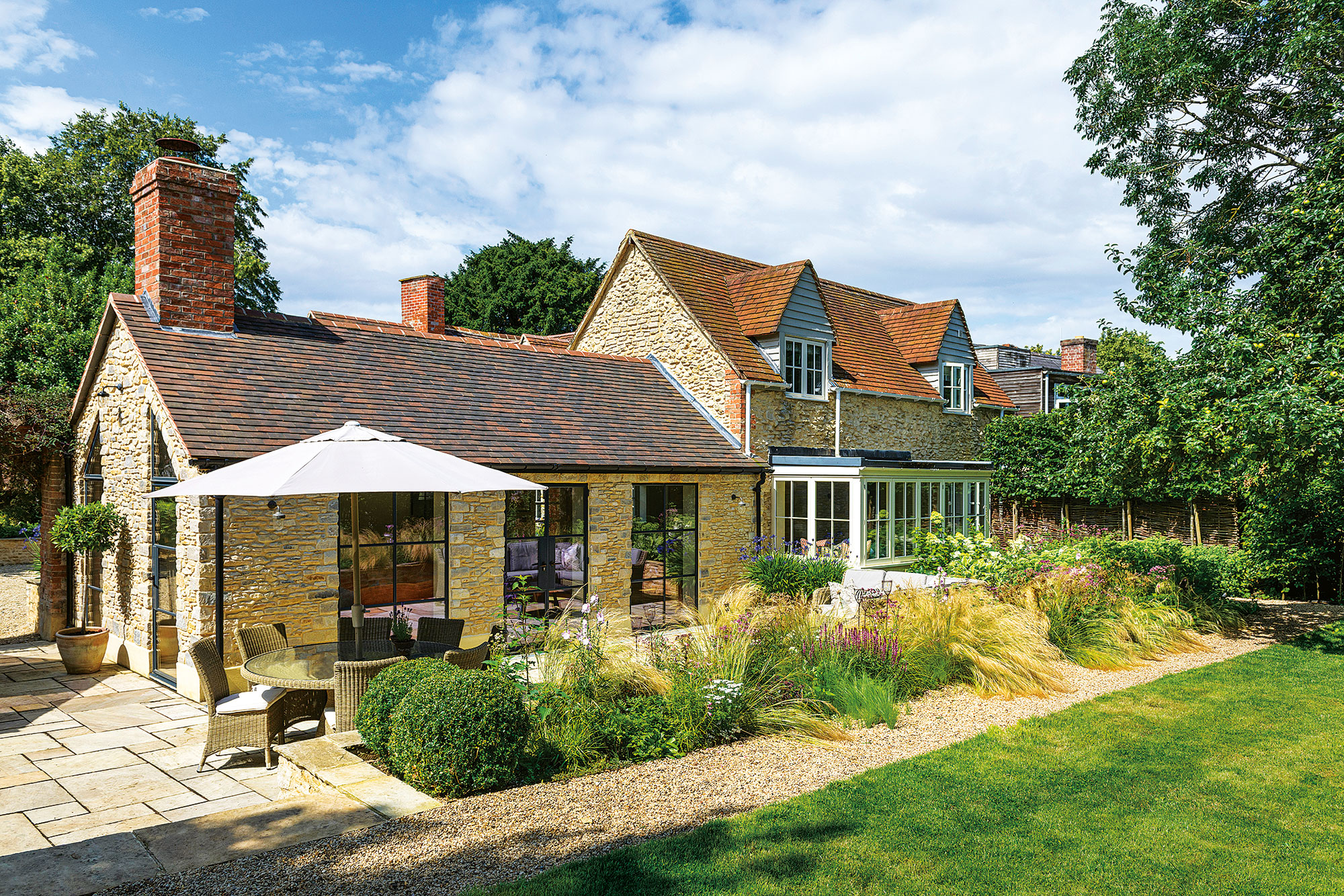

Moving home has been proven time and time again to be one of the most stressful life events – especially when it comes to trying to downsize. Knowing which organization and decluttering tips to use, however, can help to make this daunting process that little bit more manageable.
Whether you are looking for decluttering tips or home organization ideas, thoroughly sorting out your belongings before packing them all away is one of the best approaches to downsizing and moving home according to experts.
6 decluttering habits to help downsize your home
Here, we chat with professional home organizers to steal some more of their tips and tricks to prepare for a big house move.
1. Start the process before moving
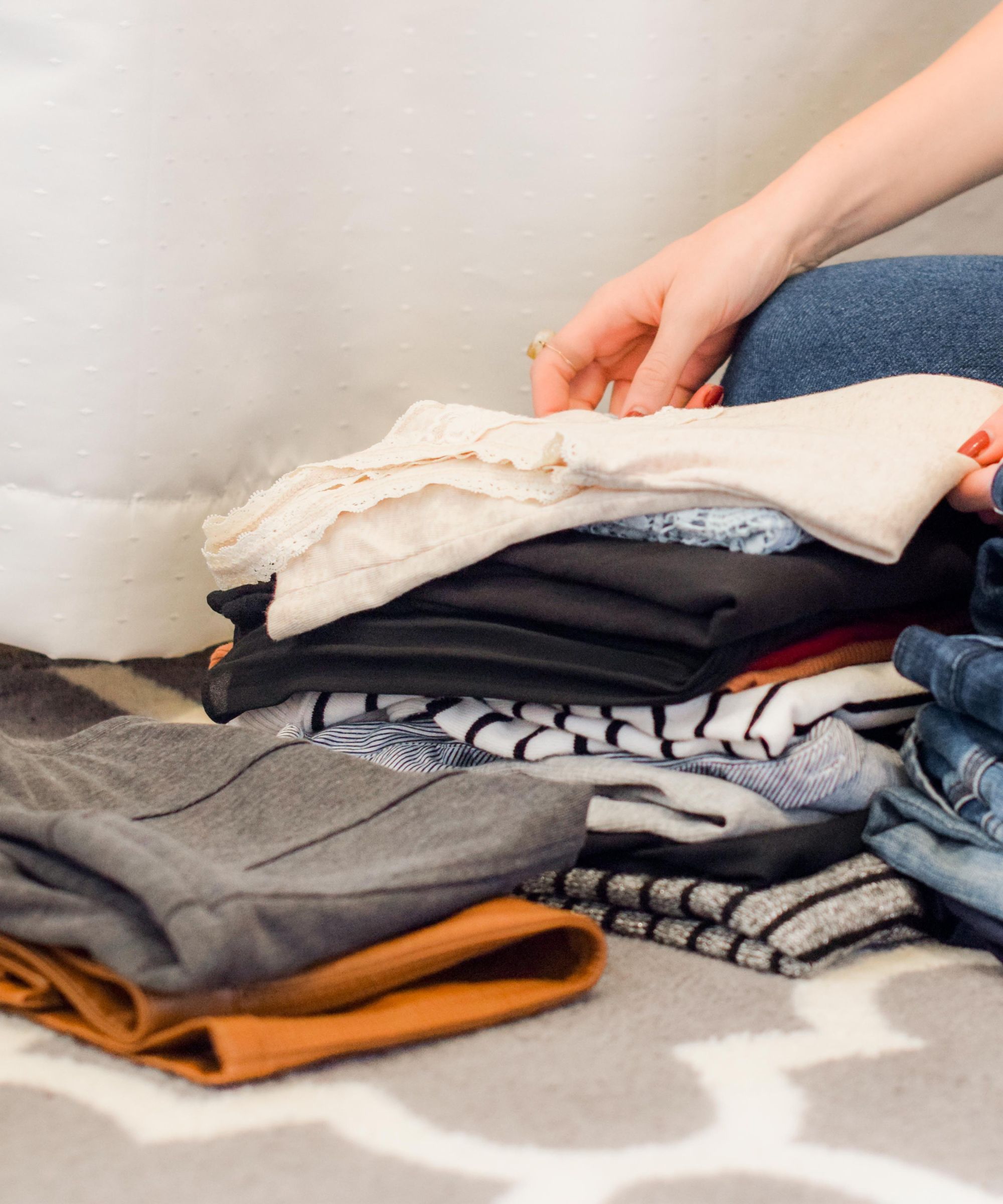
When asking for their number one tip for decluttering for a house move, the experts agree that you should always begin your decluttering and organizing before you start packing boxes.
‘It's always best to declutter before your move! Your house will already be torn apart in order to pack, so it's a great time to pull everything out and touch on each item individually to make the decision of "keep, toss, donate",’ says Jamie Hord, founder of Horderly. ‘What's best is that you won't be taking these items to your new home and instead only bringing what you absolutely need and love in your new chapter of life! You never want to move with clutter!’
Decluttering long before the eventual house move is also a great way to space out the task so you are not decluttering your home when you feel overwhelmed. ‘Although it may seem like an additional task at a busy time it’s always worth decluttering before you move,’ adds Sue Spencer, Kon Marie expert, and founder of A Life More Organised. ‘It can free up space in your current home making it look more spacious and attractive to potential buyers and will also save you time and money when it comes to packing up and moving as you won’t be moving anything that you don’t need. I’ve lost count of the number of times I’ve helped people unpack in their new home and they’ve said “oh I don’t need that anymore” or even worse we’ve discovered an empty box of cornflakes that’s been mistakenly packed.
‘Start decluttering as early as possible so you can take your time,’ she adds. ‘If you are downsizing this will give plenty of time to work through things in a consistent way, offering the things you are discarding to family members before other options – often this makes it much easier to let things go.’
2. Be ruthless when cutting belongings

Being able to declutter clothes and other bulkier items, for example, can be difficult. Especially if you have a more thorough attachment or are on the fence about what should go and what should stay. Being ruthless in decluttering before a move, however, can be one of the best ways to cut house moving costs with fewer boxes and fewer moving vans needed.
‘Know what your new space has to offer in terms of space and storage,’ advises Jamie. ‘Take measurements needed to know if certain furniture items will work properly in your new space and have on what will live where and make it a goal not to get an additional storage unit when downsizing. For example, your new space doesn't have an entryway so measure the cabinet you currently have in your entryway to see if it will fit somewhere else in your new space, and if not, consider donating it!’
‘One of the first things I do with my clients is to discuss how they plan to live in their new home – what attracted them to it, how they’ll use the space and if they are downsizing, whether they plan to have visitors or do any entertaining,' says Sue. 'This is really useful when it comes to deciding what needs to come to the new house and helps to identify any excess items (crockery, glassware, and quite often clothes) that are prime candidates for decluttering.
‘It’s always useful to have the measurements of the main rooms in your new home (living/dining room, bedrooms) and measure up your own furniture so you can make confident decisions about what to keep and let go),’ Sue continues. ‘I use a floor planning software tool (Sweet Home) which allows me to show clients how their furniture fits into their new space, it helps you make confident decisions about what to take – there’s nothing worse than turning up at your new home and having too much furniture that it feels cramped (or equally too little).’
3. Sort large and small items separately
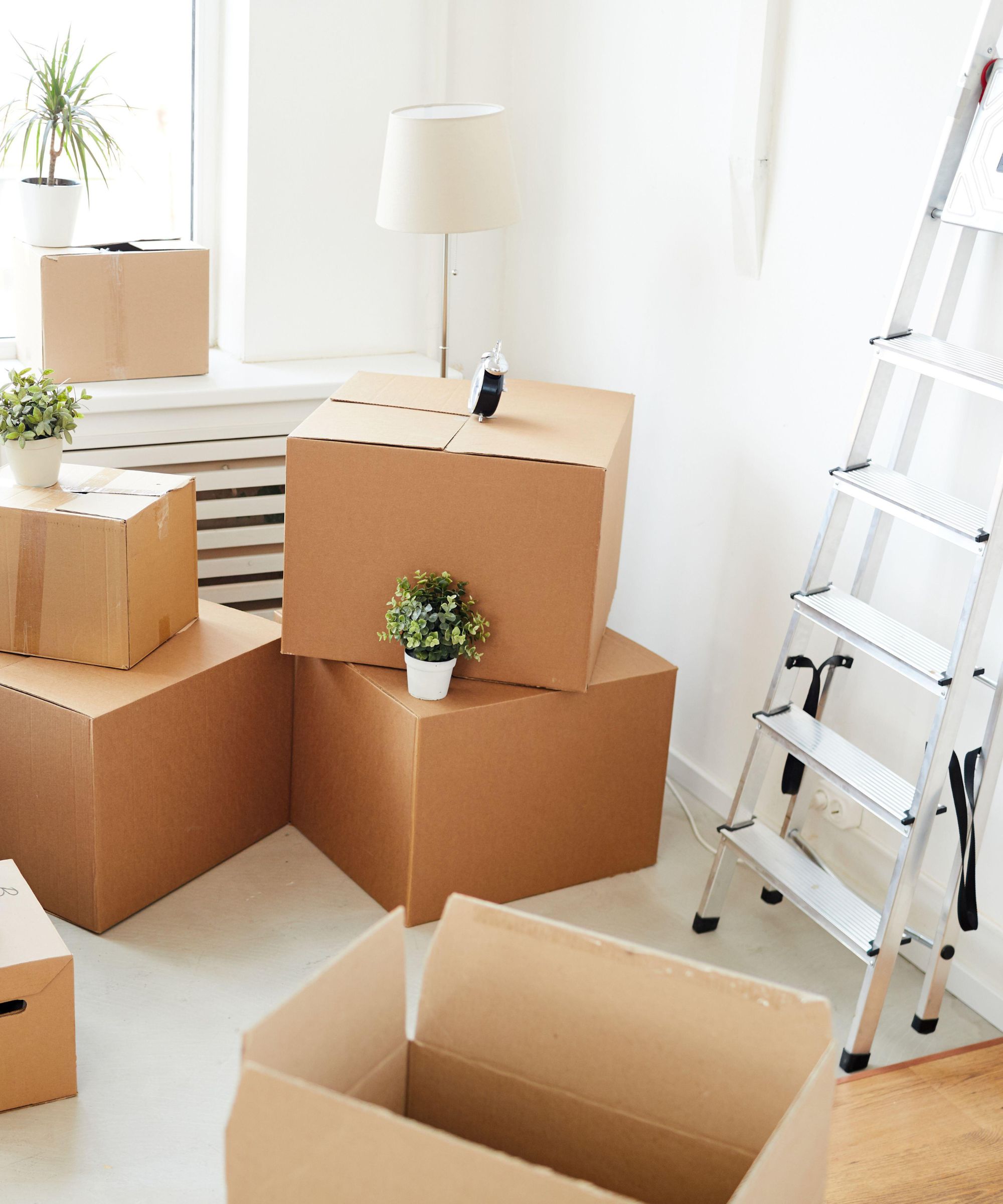
One of the main decluttering mistakes is trying to tackle everything at once, suggests Sue. ‘Making a week-by-week plan of what you want to work on (by category see below) means that you can gradually tick things off rather than ending up rushing as you get closer to the move,’ she says. ‘Often when you’re downsizing the things that are top of mind are how you downsize and declutter larger items of furniture but it’s important not to forget all the other bits in wardrobes, cupboards, and drawers around your home – it’s these little bits that will end up filling boxes that you’ll have to find homes for.'
When sorting small bits, consider wrapping them and containing them in smaller box organizers, such as these top-rated picks from Amazon, before storing them in larger moving bags like these to prevent damage and keep smaller items together. For purely decorative items, this can easily be done a few weeks before a move.
‘Once you’ve decided which items of furniture you no longer need I always suggest that you try and declutter them as follows:
- Offer them to family and friends first – six weeks before the move
- Then try to sell them on eBay, auctions, and Facebook – four weeks before the move
- Offer them to local charities or thrift stores– some might collect furniture and electrical items from your home – collection two weeks before the move
- Offer them on freecycle and similar sites – two weeks before the move
- If all the above fail then arrange for your local council or a waste clearance company (check they have a waste carriers license) to collect the items a week before you move.
4. Use the sticker method to declutter a room quickly
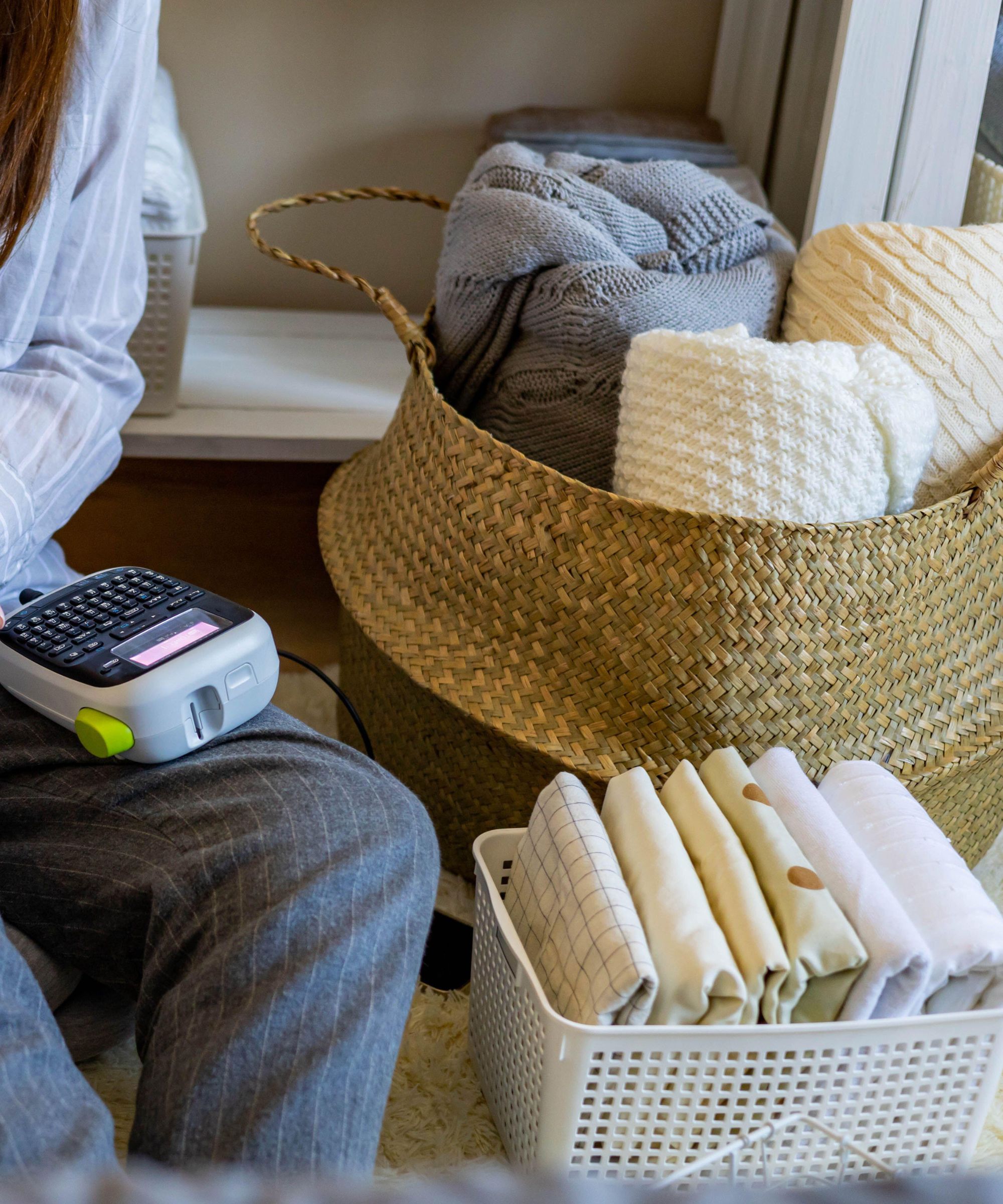
‘You can follow the Horderly 11 steps when decluttering, packing, and moving to your new space,’ Jamie recommends. ‘Start with one room or space in your house, pull everything out, sort then edit. When going through everything in your home, use colored stickers to mark what you want to donate/sell/toss/keep, etc. that way the movers know exactly what to pack (and what not to pack!).'
Assign a color to each destination, using red stickers for the trash, for example, and green stickers for things you want to take with you. Colored stickers are available on Amazon for movers are available in packs for this purpose on Amazon. for this specific purpose.
'When packing, keep sorted items that you are keeping together, and be sure to label the boxes well so that you know what room the boxes should land in your new home to make for easy unpacking. If you're using movers, label each room so they know how to label the boxes.’
5. Break down decluttering into categories

'It can be difficult deciding what to keep and discard as you declutter before you move but if you do it by category (ie looking at similar items all at the same time) it makes it much easier,' Sue explains.
'For example looking at all your crockery, ovenware, glassware, linens, even types of clothes. When you do this you can see the volume of similar items you own and any duplication – this makes it easier to make confident decisions about what to keep or let go. Lots of the downsizers I work with will have several sets of dinner plates or lots of ovenware that they may not have used in a long time and definitely won’t have space for in their new homes. I encourage them to keep their favorite items, the ones they always reach for, and to let the other bits go. The same applies to bedding and linens.'
Sue also recommends creating or sourcing a comprehensive decluttering checklist before starting the process to keep track of where you are and prevent yourself from becoming overwhelmed.
'I always remind people not to forget about their food cupboards as it’s always easier to move in with less food for your cupboards and then buy your staples as you need them,' she adds.
6. Don't forget your paperwork
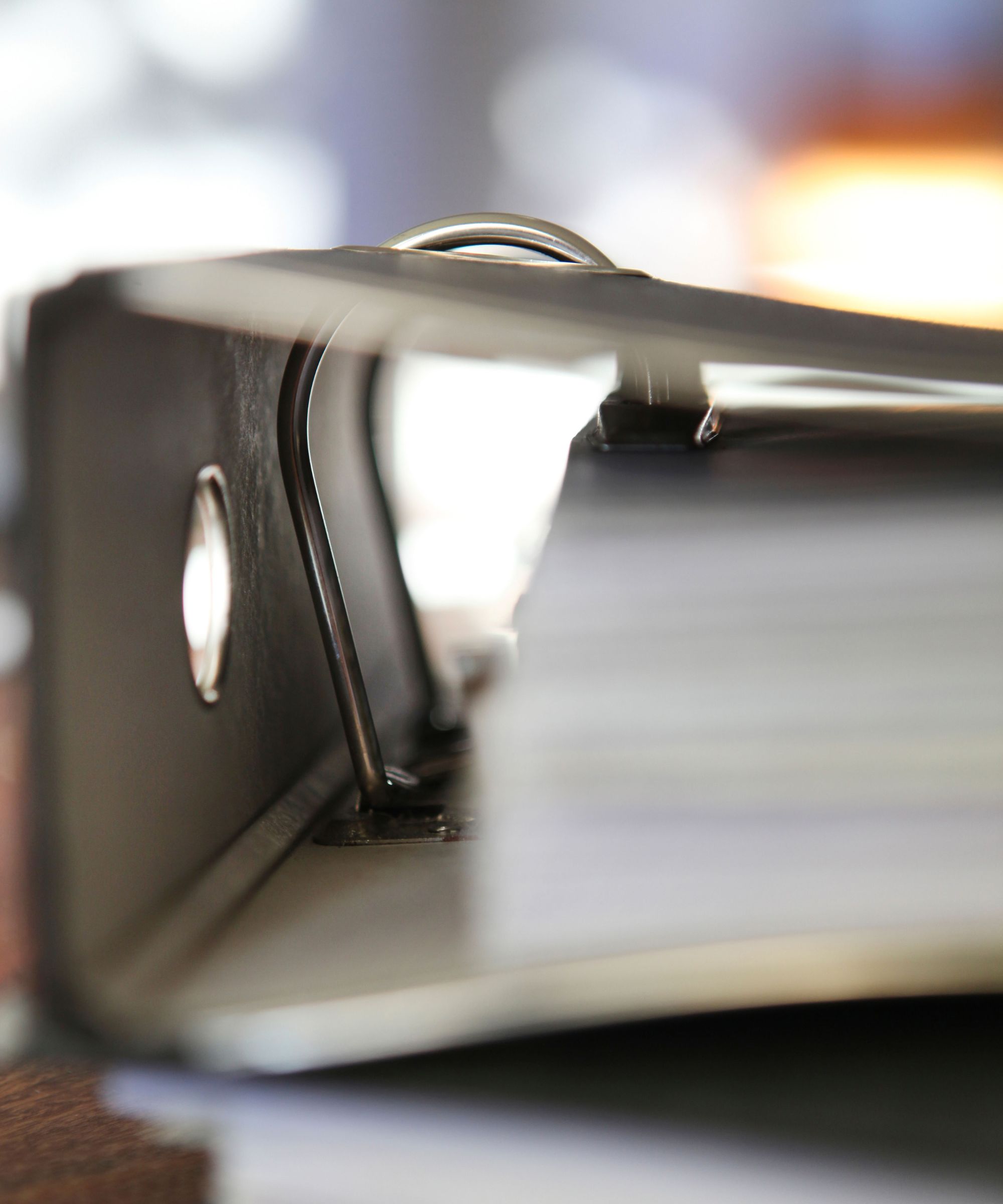
If you do not regularly organize a home office or organize a desk, it can be easy for paperwork to build up and be forgotten about or misplaced.
‘Paperwork and filing is one category that we often forget about and a lot of the paper that’s filed away ‘just in case’ is never touched again – so it’s quite common to have insurance policies and documents for cars and appliances we no longer own and even holidays that we’ve long since returned from!' Sue mentions. 'You really don’t want to move with this so go through it and shred the paper that’s out of date.
'Whilst you are doing this make sure you pull out all the relevant important and current paperwork as it’s always a good idea to have this with you in your own car when you move (rather than packed away with the rest of your belongings). You may also find paperwork that’s relevant to your current property that your solicitor or the new owners need to have.'
How to get rid of items if you are a sentimentalist
'If you struggle with letting go, it can benefit immensely by working with a professional or someone with an outside eye,' suggests Jamie. 'By asking the right and sometimes hard questions, this will help make your decisions easier. For example, "Do you have better or similar?", "These five are very similar, can we cut down to two?", "Do you have a photo of this item that you could remember it by instead?".
'Know that you don't need to keep it all and instead keep only the best of the best! You can limit yourself by setting boundaries with a certain size container and once that container gets full, is your cue to go through and cut down. You might find that items you once thought were special to the time aren't as special to you now.'
What should I declutter first when moving?
What you start with first when decluttering a house for moving will depend on your lifestyle, however, smaller, less functional items such as home decor, trinkets, or books are a nice, easy place to start weeks or even months before a move. These items are not necessarily needed in everyday life which means you will not be left stuck or unable to carry out daily activities. Larger items in your home tend to be more necessary for day-to-day life, making them more difficult to get rid of early on in the process.
What is the 20/20 rule for decluttering?
The 20/20 rule for decluttering works on the simple principle that if an item you are on the fence about getting rid of can be replaced for under $20 and would take less than 20 minutes to find or source to replace, get rid of it by either donating it or throwing it away (if it looks tatty or is not suitable to move onto another home). It is a great method to apply to smaller belongings that you have not used in a long while but have kept ‘just in case’.
Sign up to the Homes & Gardens newsletter
Design expertise in your inbox – from inspiring decorating ideas and beautiful celebrity homes to practical gardening advice and shopping round-ups.

Chiana has been at Homes & Gardens for two years and is our resident 'queen' of non-toxic living. She spends most of her time producing content for the Solved section of the website, helping readers get the most out of their homes through clever decluttering, cleaning, and tidying tips. She was named one of Fixr's top home improvement journalists in 2024.
-
 Kris Jenner's favorite air fryer, the Ninja Crispi, is the perfect small kitchen solution – it deserves a place on the most compact of countertops
Kris Jenner's favorite air fryer, the Ninja Crispi, is the perfect small kitchen solution – it deserves a place on the most compact of countertopsKris approves of this compact yet powerful air fryer, and so do our own kitchen appliance experts, praising it for its multifunctionality
By Hannah Ziegler Published
-
 Ina Garten's storage pantry is an insightful window into all of the best cookware used by the chef – and it's easy to recreate on your kitchen shelves from $48
Ina Garten's storage pantry is an insightful window into all of the best cookware used by the chef – and it's easy to recreate on your kitchen shelves from $48The beautiful dishware in The Barefoot Contessa's Hamptons pantry showcases the tools she uses most often to cook – this is exactly how you replicate it
By Sophie Edwards Published